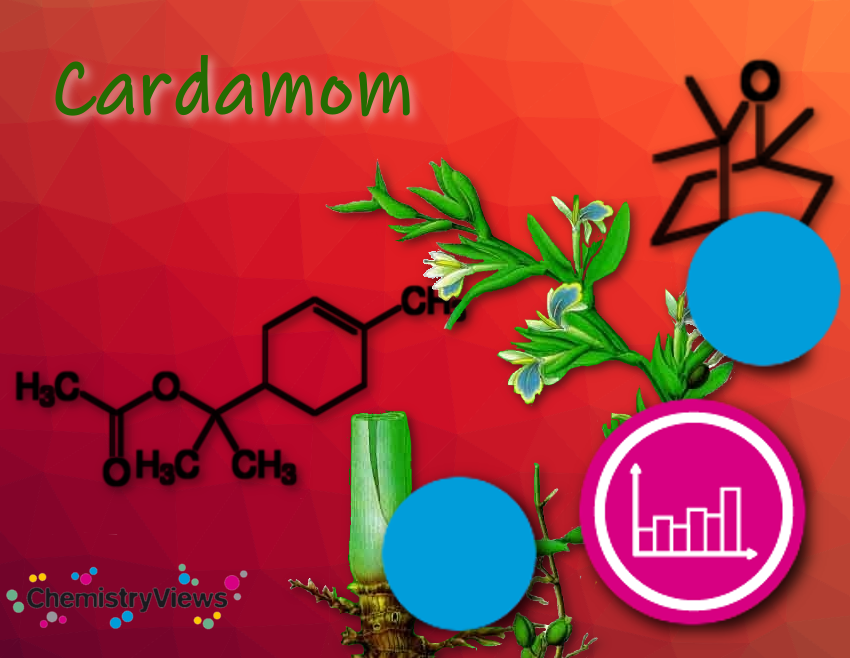Cardamom seeds, either whole or ground, are a common spice in Asian and Arabic cuisine. They are, for example, a main ingredient of Indian masalas. In European cuisine, especially in Germany, the Netherlands, and the UK, the spice is mainly used in Christmas pastries such as gingerbread and speculoos, but also in sausages, liqueurs, chocolate, and as a component of spice mixtures. In Scandinavia, cardamom is also a typical ingredient of sweet baked goods (e.g., Swedish kanel bull or Finnish pulla) and in mulled wine (glögg). In the preparation of Arabic mocha, cardamom is often added to coffee grounds. It is considered an aphrodisiac.
The seeds contain an essential oil that gives them a spicy, sweetish hot aroma. Since it evaporates easily, whole capsules should be preferred to cardamom powder. In the powder, the tasteless fruit shells are also usually ground. The seeds should only be ground as required.
When ground with a pestle, press the pestle onto the capsule until it pops open. Then the shell is removed, and the seed is ground. Good cardamom can be recognized by a fresh green color of the capsules and the oily black color of the seeds.

.png)
References
- Ruth Genuneit, Gewürze und Backtriebmittel in der Weihnachtsbäckerei, Institut Dr. Flad, Stuttgart, Germany, 2019. (Retrieved November 24, 2020)
- Emira Noumi, Mejdi Snoussi, Mousa M. Alreshidi, Punchappady-Devasya Rekha, Kanekar Saptami, Lucia Caputo, Laura De Martino, Lucéia Fatima Souza, Kamel Msaada, Emilia Mancini, Guido Flamini, Abdulbasit Al-sieni, Vincenzo De Feo, Chemical and Biological Evaluation of Essential Oils from Cardamom Species, Molecules 2018. https://doi.org10.3390/molecules23112818
- William Cook, The Physiomedical Dispensatory, 1869. (Retrieved November 24, 2020)
Also of Interest
- Chemistry Advent Calendar 2020
ChemistryViews 2020.
Daily highlights from the chemistry of spices




